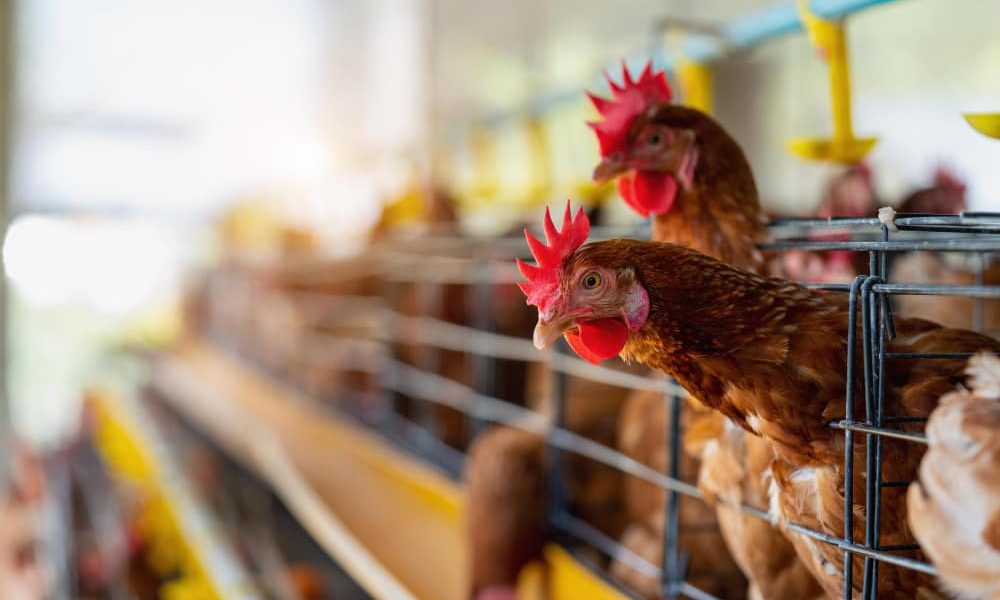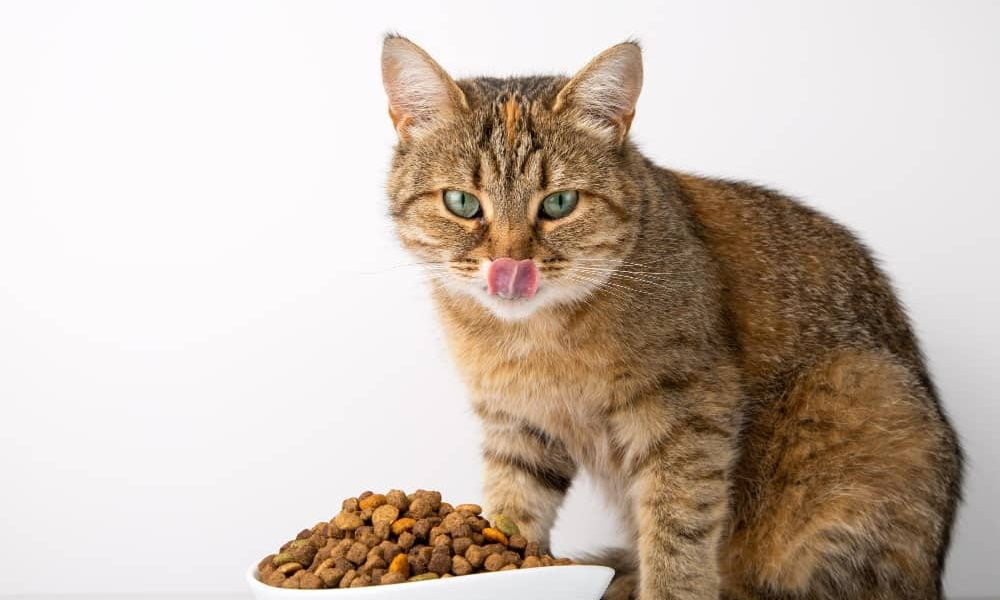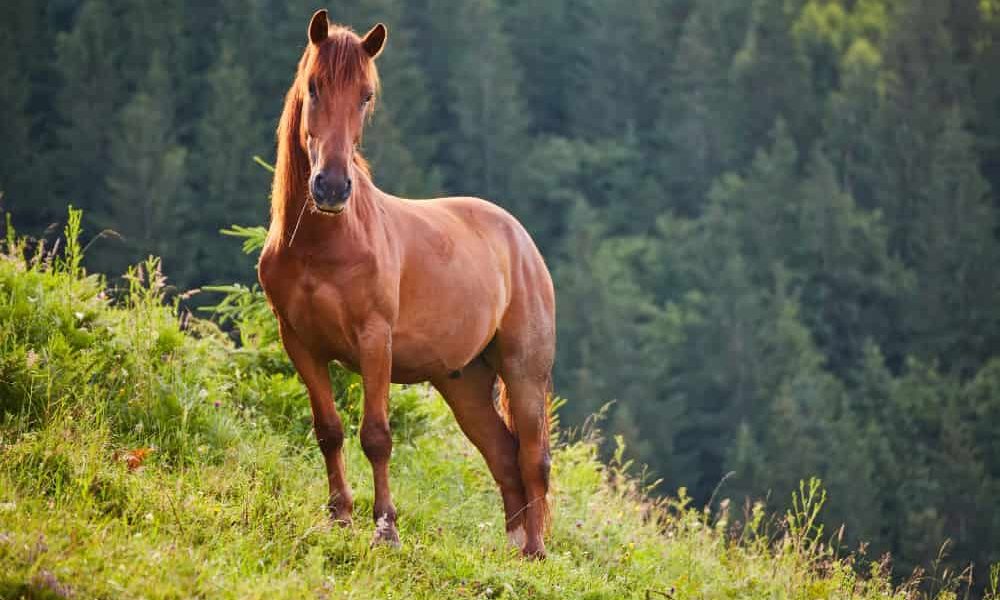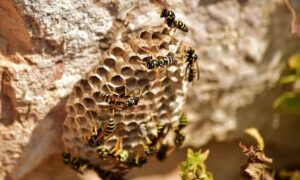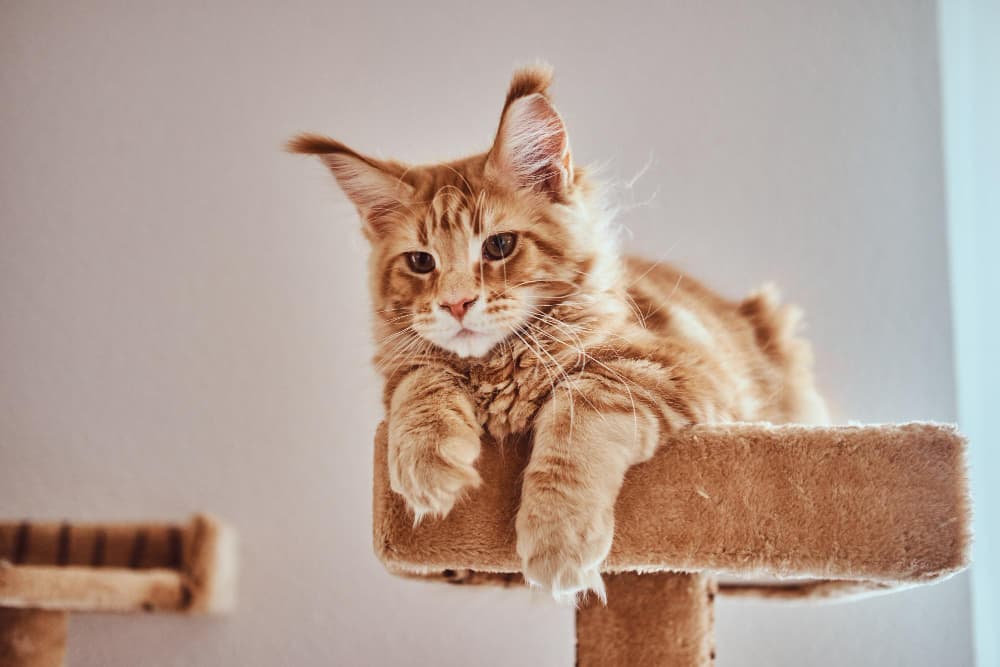
Urination, or the way cats pee, It is a vital process in the life of these cats. Understanding how the feline urinary system works and the aspects related to urination can help us detect potential health problems and provide appropriate care for them.
In this article, we will explore in detail what urination is in cats, the anatomy of their urinary system, the urination process itself, as well as common problems related to this function and tips to maintain healthy urination in our dear feline friends. . Join us on this journey to Learn more about how cats pee and how we can guarantee your urinary well-being.
What is urination in cats?
Urination is the process by which cats eliminate urine from their body. It is a vital function to maintain internal balance and eliminate toxins from the body. Understanding how cats pee can help us identify potential health problems and provide appropriate care.
The Anatomy of the Feline Urinary System
The urinary system of cats It is a complex structure that plays a crucial role in the elimination of liquid waste from the body. It is made up of several interconnected organs that work together to maintain proper balance. The kidneys are the main protagonists of this system. Its main function is to filter the blood, removing waste products and excess water to form urine.
Once the kidneys have processed the blood and formed urine, This travels through the ureters, which are two thin tubes that connect the kidneys to the bladder. The ureters are responsible for transporting urine from the kidneys to the bladder for temporary storage. Thanks to peristaltic movements, which are rhythmic contractions of the muscles in the walls of the ureters, urine is efficiently propelled into the bladder.
The bladder, for its part, is a hollow organ found in the abdominal cavity. It has the ability to store urine until the cat feels the need to eliminate it. The bladder is lined with muscle tissue which allows it to expand as it fills with urine. When the bladder reaches an appropriate level of filling, nerve signals are sent to the brain to tell the cat that it is time to urinate.
The urethra, the last component of the urinary system, is the tube that allows urine to leave the body. In male cats, the urethra is longer and narrower than in females. During urination, the muscles of the bladder contract, putting pressure on the accumulated urine, while the muscles of the urethra relax, allowing urine to flow out.
The urination process in cats
When a cat feels the need to urinate, find a suitable place to do it. This can be a sand tray, outside, or any other place they identify as appropriate. Once in position, the cat adopts a characteristic crouching posture and begins to urinate. During this process, the bladder muscles contract rhythmically, which helps expel accumulated urine into the urethra.
At the same time, the muscles of the urethra relax to allow urine to flow out in a controlled manner. Urine is expelled in small streams, and the cat can adjust the strength and direction of urination according to its needs. Once it has finished urinating, the cat carefully cleans itself by licking its genital area, which helps maintain hygiene and eliminate any traces of odor.
After urination, it is common for cats to move away from the area where they have relieved themselves. This is due to their natural instinct to keep their environment clean and odor-free. that can attract other predators.
Common Problems Related to Urination in Cats
Sometimes cats may experience problems with urination that require veterinary attention. Two of the most common problems They are urinary tract infections and urinary stones.
Feline urinary tract infections
The urinary tract infections They are caused by bacteria that enter the urinary system. Symptoms include frequent urination, difficulty urinating, blood in the urine, and unusual behavior, such as excessive licking of the genital area. If you suspect your cat has a urinary tract infection, you should take him to the vet for treatment.
Urinary stones in cats
Urinary stones are solid deposits that form in the urinary system of cats. They can be composed of minerals such as magnesium, phosphate or calcium. Symptoms include pain when urinating, blood in the urine, frequent urination, and changes in toilet habits. It is important to have urinary stones diagnosed and treated by a veterinarian, as they can be serious and even life-threatening.
Tips to maintain healthy urination in cats
Provide a balanced and adequate diet
Proper nutrition can help maintain a healthy urinary system in cats. It is important provide them with high quality food that are specifically formulated for feline urinary health. These foods usually have an adequate balance of minerals and an optimal urinary pH.
Encourage adequate hydration
Adequate hydration is essential to prevent urinary problems in cats. Make sure there is always fresh, clean water available for your cat. Some cats prefer to drink plain water, so you may consider using a water fountain or leaving the faucet dripping to stimulate their interest in drinking.
Maintain a clean litter tray
Cats are naturally clean animals and prefer to relieve themselves in a clean litter tray. Be sure to clean the litter tray regularly, removing debris and changing the litter when necessary. This It will help prevent your cat from looking for other inappropriate places to pee.
Save You know how cats pee?
Urination is a natural process and essential for the health of cats. Understanding how cats pee allows you to identify health problems and take preventive measures to keep your urinary system in good condition.
Providing a balanced diet, encouraging adequate hydration, and maintaining a clean litter tray are key measures to ensure healthy urination in cats. Remember that if you notice any changes in your cat’s urination habits, it is important to consult a veterinarian. to obtain a proper diagnosis and timely treatment.
